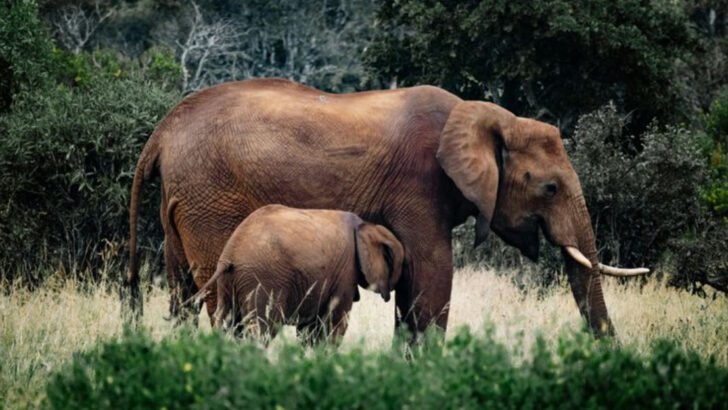It’s easy to assume that animals move through life on instinct alone, without much room for emotional depth. But that idea starts to fall apart when you watch how some of them respond to loss. From elephants lingering around the bones of their dead to birds that seem to grieve the disappearance of a mate, the signs are often subtle—but they’re there.
These moments can be surprising, even a little unsettling, because they remind us that emotions might not be strictly human territory. Different species have their own ways of expressing what looks a lot like grief, memory, and connection. It’s not always obvious, and it’s rarely dramatic, but once you notice it, it’s hard to unsee.
African Elephants
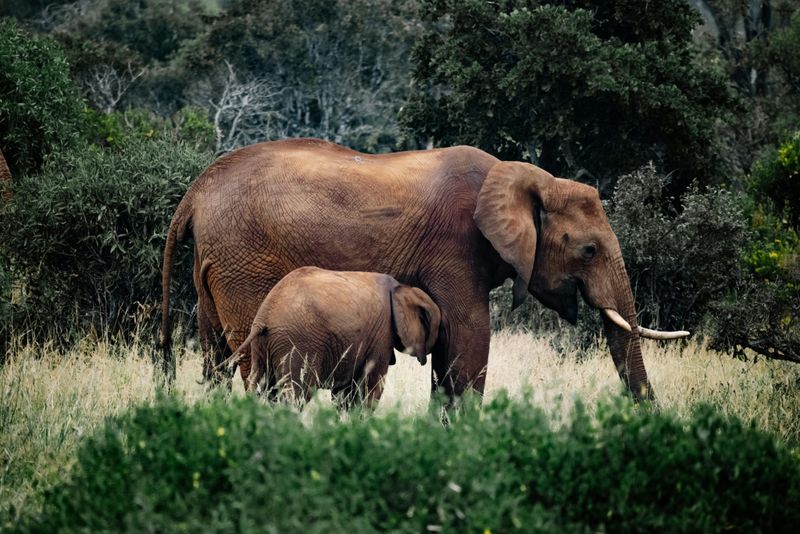
The gentle giants of the African savannah are known for their deep familial bonds. When one of their own passes away, elephants have been observed engaging in mourning rituals. They may stroke the bones of the deceased with their trunks, displaying a poignant reverence. Elephants often remain with a fallen member for days, indicating an understanding of death. Their expressions of grief extend to touching interactions and quiet vigils. Such behaviors suggest that elephants possess a strong sense of empathy and community, reflecting emotional depths that are profoundly touching.
Red Foxes
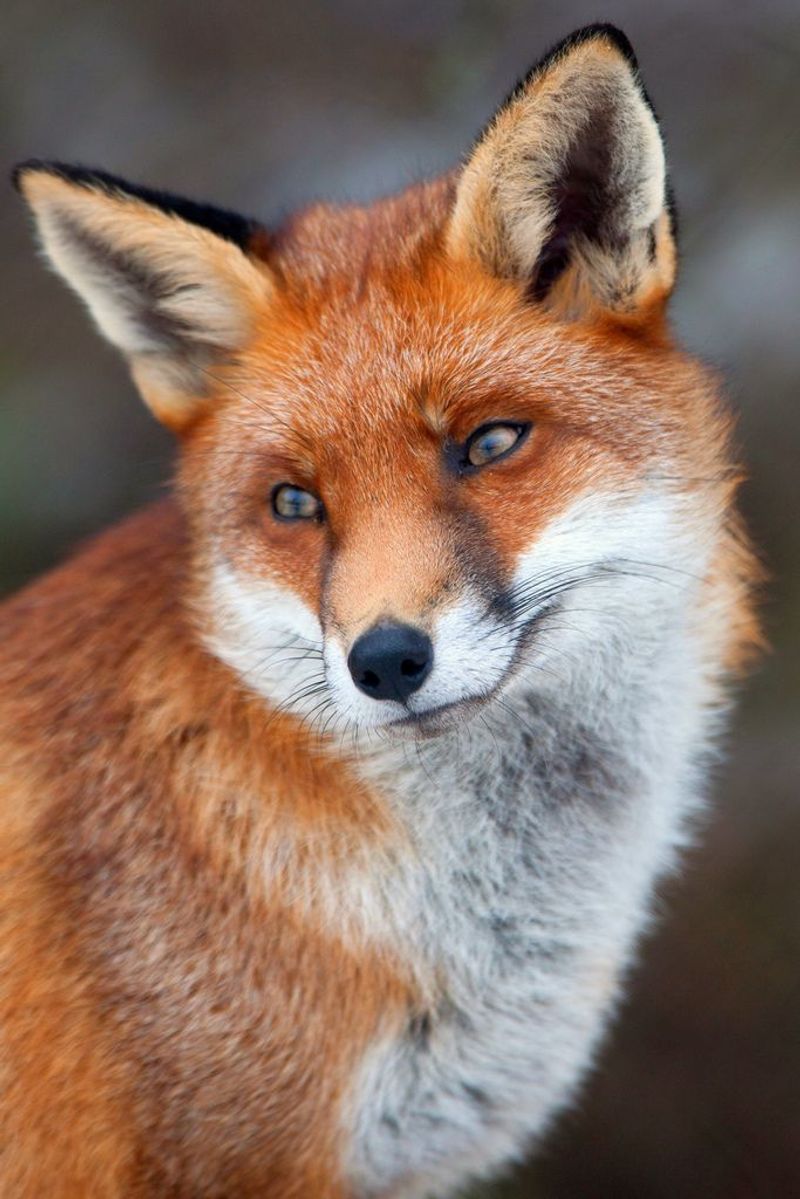
The red fox, known for its cunning and adaptability, can exhibit profound mourning behaviors. When a mate dies, the surviving fox may linger near the site of death, seemingly lost in thought.
This behavior suggests a deep connection, reflecting a sense of loss. Over time, the fox may show signs of depression, such as reduced activity and appetite.
In some cases, they vocalize softly, as if calling to their lost companion. This poignant display highlights the emotional depths of these clever creatures, offering a glimpse into their complex social lives.
Chimpanzees
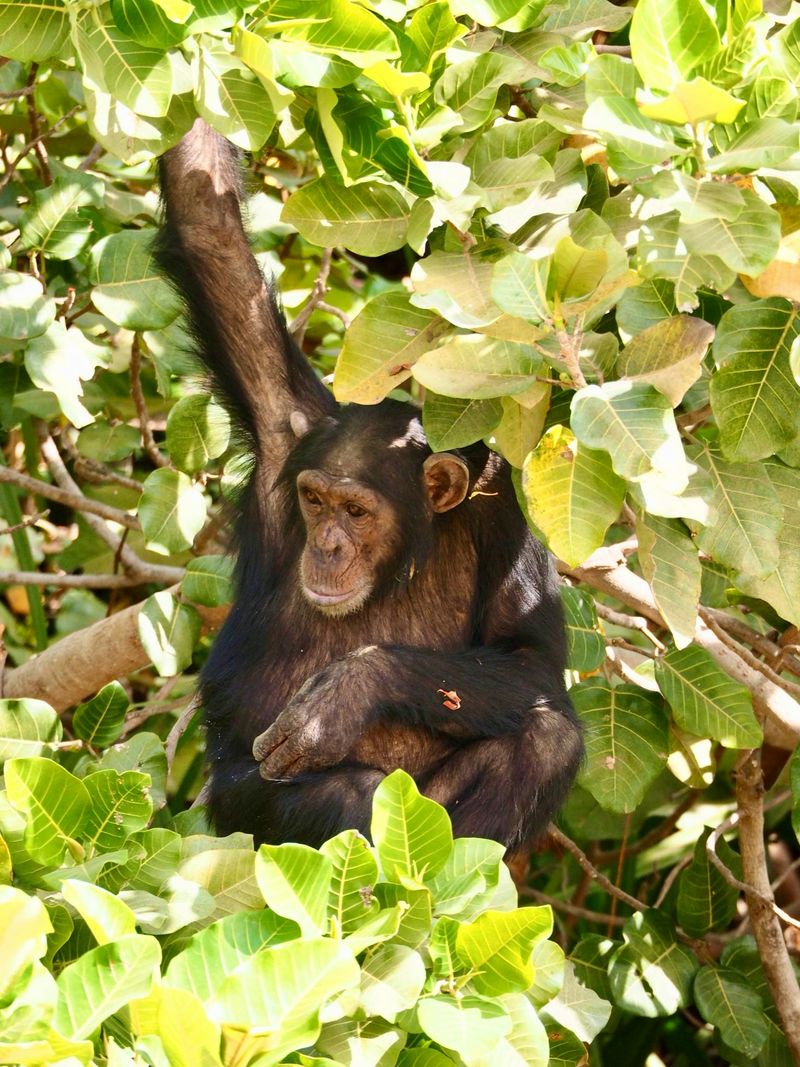
In the dense canopies of the forest, chimpanzees exhibit bereavement behaviors akin to humans. When a member dies, close ones often stay close, grooming and occasionally touching the body as if comforting it. This behavior is not merely about curiosity but indicates a depth of emotion. The group’s demeanor changes, becoming more subdued and introspective. Mothers have been known to carry their deceased infants for days or even weeks, highlighting an attachment that transcends life. Such actions provide a window into the cognitive and emotional world of chimpanzees, revealing their capacity for grief.
Eastern Grey Kangaroos
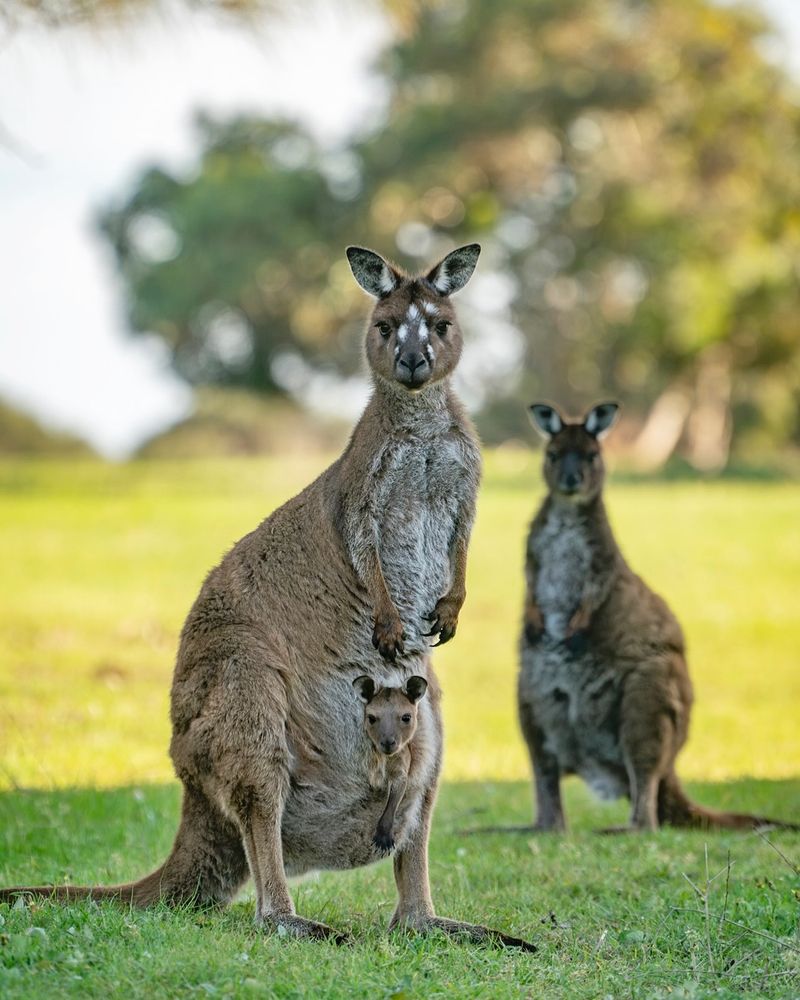
Eastern grey kangaroos exhibit touching signs of grief when a joey dies. A mother kangaroo may carry her deceased young in her pouch for days, unable to part with her offspring.
This prolonged attachment underscores her strong maternal bond. Observers have noted kangaroos grooming their lifeless young, a tender gesture of farewell.
The sight of such behavior in the wild can be heart-wrenching, as it reveals a side of kangaroos we rarely see. Their mourning rituals remind us of the deep instincts shared across species.
Manatees
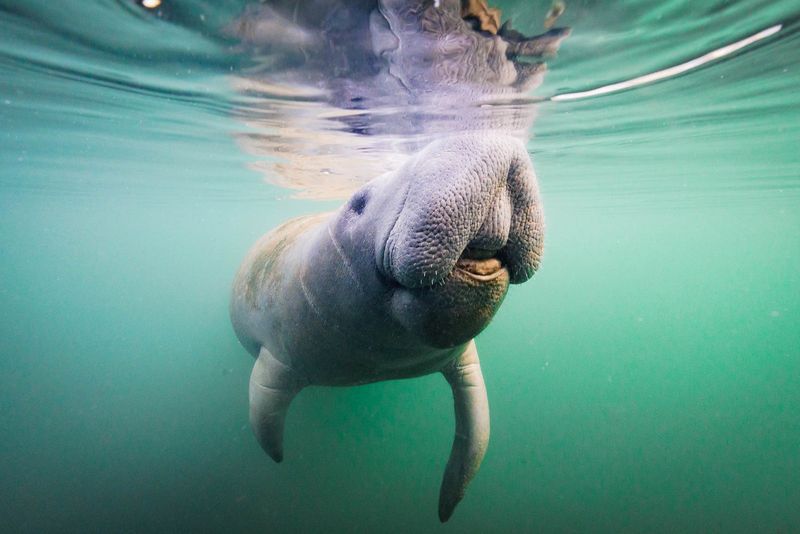
Manatees, often called the gentle giants of the sea, show signs of mourning when a companion dies. They are known to stay by the deceased, nudging and circling the body as if unwilling to say goodbye.
This behavior can last several days, illustrating their social bonds. Scientists believe that their prolonged presence serves as a vigil, a final tribute to a lost friend.
These serene creatures reveal an emotional depth that resonates with human experiences of grief, showcasing their capacity for love and loyalty.
Dolphins
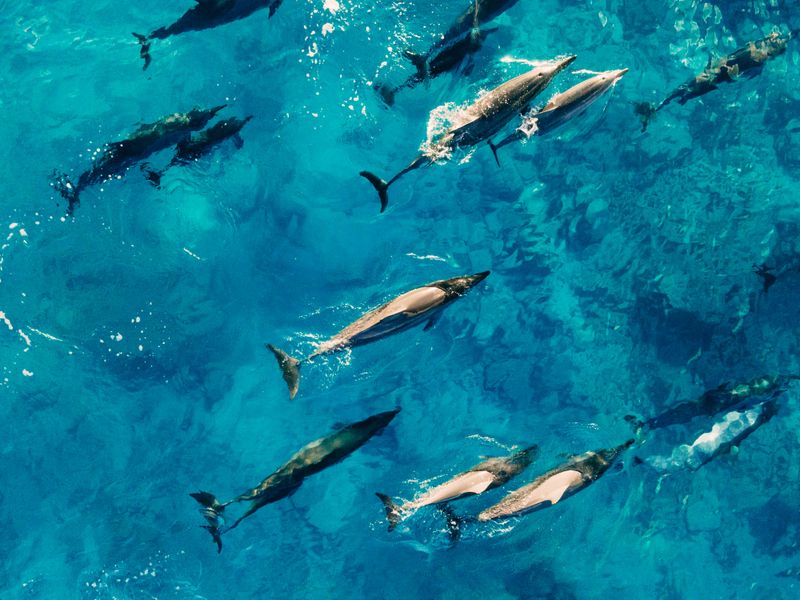
Dolphins, the ocean’s charismatic mammals, have been observed holding the lifeless bodies of their young above water. These intelligent creatures exhibit what might be termed as mourning. Other members of the pod often accompany the grieving mother, providing companionship. Scientists believe this behavior signifies an awareness of loss. Dolphins’ social structures are intricate, and such displays highlight their deep emotional connections. The communal aspect of their grief is a testament to their sophisticated social lives, suggesting a level of emotional intelligence that resonates with humans.
Giant River Otters
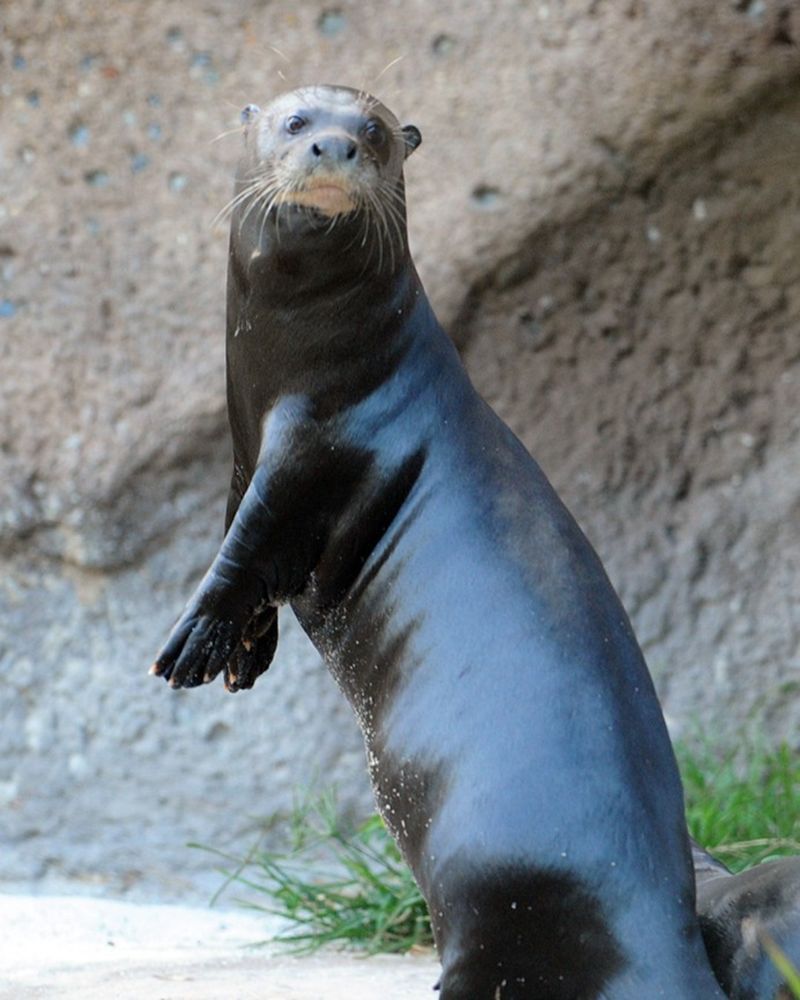
Giant river otters, known for their playful antics, display somber behaviors when confronted with death. A group may gather around a deceased member, touching and vocalizing as if in a shared lament.
Their communal mourning underscores the strong family ties and social structures within otter groups.
This collective grieving process can last for hours, marking the loss with a ritualistic solemnity. Such moments reveal the emotional intelligence of these aquatic mammals, fostering empathy and connection within their tight-knit communities.
Baboons

Baboons exhibit complex mourning behaviors, especially females who have lost an infant. A grieving mother may carry her deceased baby for days, touching and grooming it as if hoping for revival.
This poignant ritual conveys a deep maternal bond and recognition of loss. Other troop members may also show interest, gently inspecting the deceased.
Such actions highlight the intricate social dynamics and emotional capabilities of baboons. Their mourning rituals offer insights into the depth of their social connections, reflecting a communal empathy often mirrored in human societies.
Crows
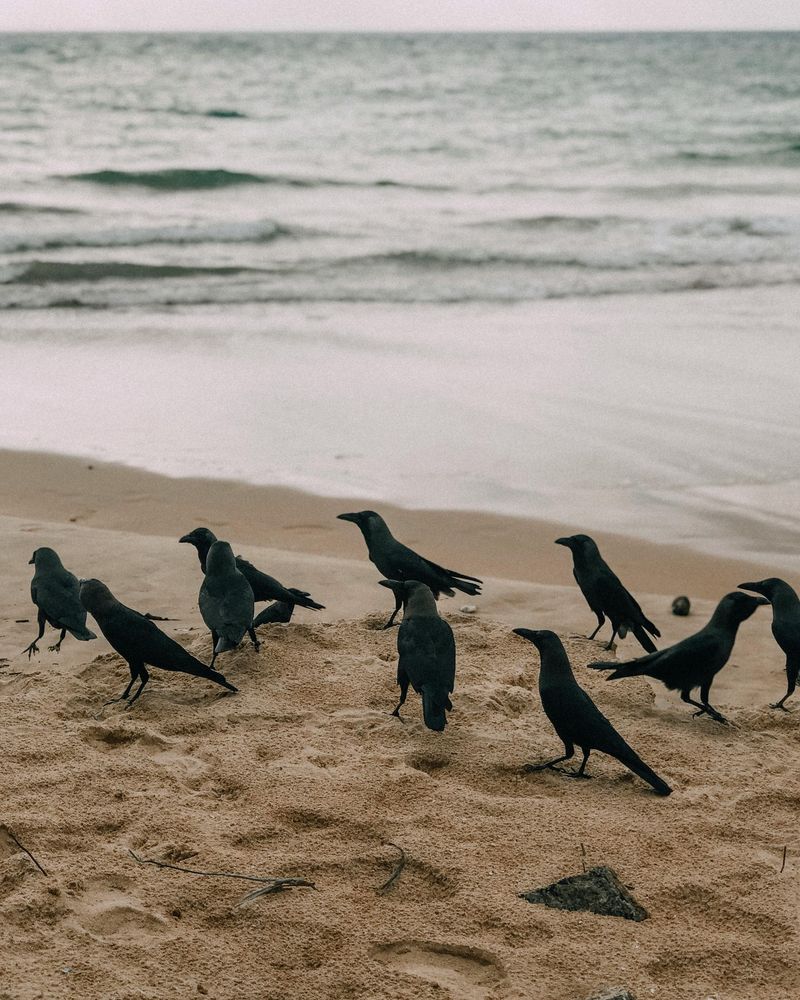
Crows are not only intelligent but also display behaviors indicative of mourning. When a crow dies, its peers often gather around the body in what some researchers describe as a ‘funeral’. This gathering is accompanied by vocalizations that might serve as warnings or expressions of grief. Such actions suggest a recognition of death among crows. They engage in these behaviors to possibly learn about potential dangers or to reflect a social bond. This fascinating display of avian empathy challenges our understanding of bird intelligence and emotions, drawing parallels with human rituals.
Orcas
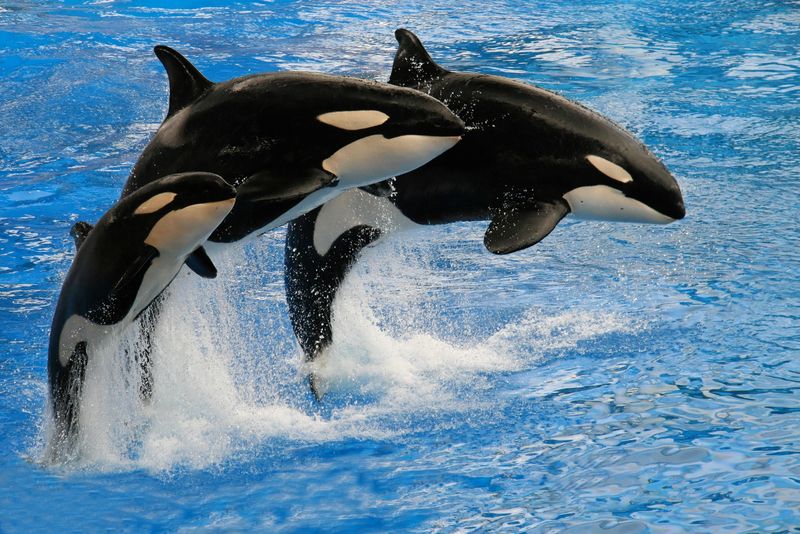
Orcas, or killer whales, are known for their deep family bonds, and mourning is a part of their emotional repertoire. When a calf dies, the mother may carry it on her back, staying near the surface for days. This behavior suggests a profound sense of loss and attachment. Other orcas in the pod often linger nearby, providing support. Such acts of mourning illustrate the complex social structures and emotional connections among orcas. These behaviors highlight a sophisticated understanding of death and loss, demonstrating a level of empathy that resonates deeply with human experiences.
Giraffes

Giraffes, often seen as aloof, exhibit surprisingly tender behaviors when faced with loss. Upon the death of a calf, mothers have been seen nuzzling the body, reluctant to leave. Such actions suggest a bond that extends beyond life. The grieving mother’s behavior, echoed by other giraffes, highlights an unexpected depth of emotion. While research on giraffe mourning is limited, these observations provide insight into their social dynamics. The gentle nuzzling and lingering presence reflect an empathy that is both poignant and profound, revealing emotional layers often overlooked in these majestic creatures.
Magpies
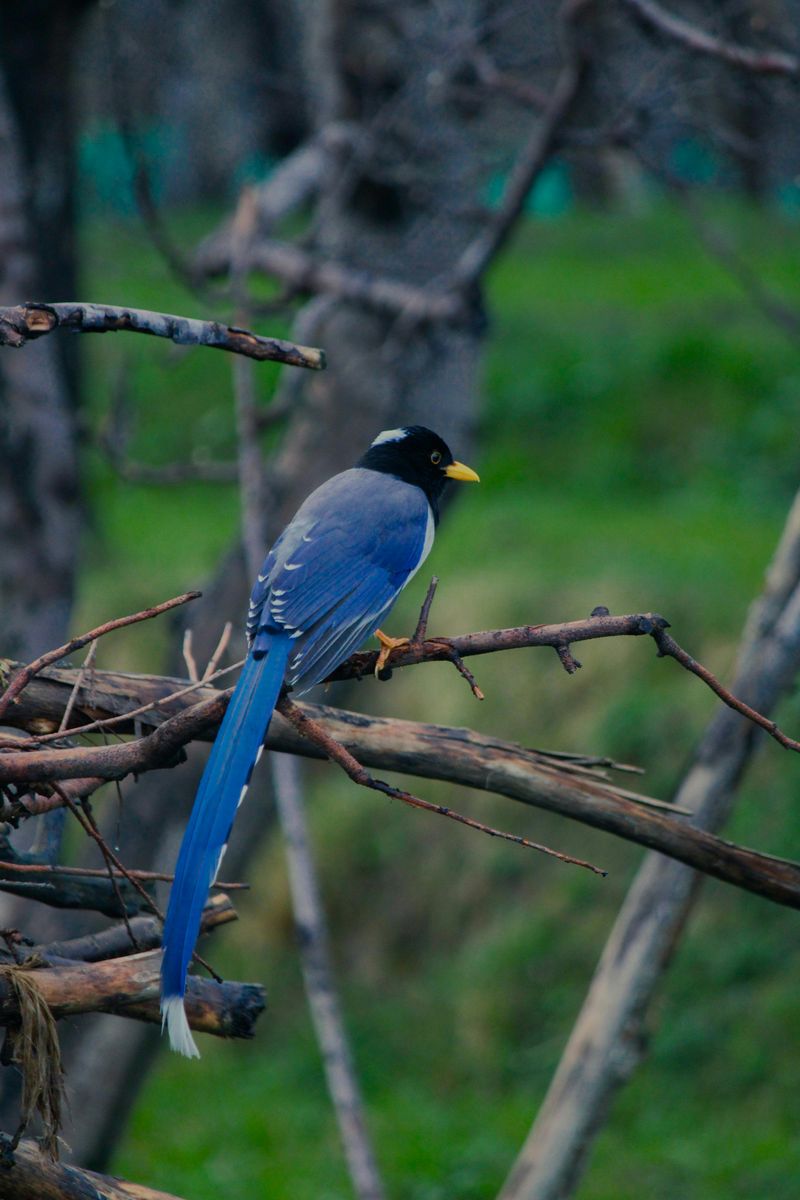
Magpies, part of the corvid family, show behaviors that suggest a form of mourning. When a member of their group dies, magpies have been seen gathering around the body, seemingly paying their respects. They might touch the body with their beaks or sit quietly nearby. This congregation can be interpreted as a form of vigil. Such actions indicate an awareness of death and a social ritual that mirrors human-like empathy. These fascinating birds challenge our perceptions of avian intelligence, illustrating a capacity for social sensitivity and emotional expression.
Wolves

Wolves are known for their tight-knit pack structures, and the loss of a member affects the entire group. When a wolf dies, the pack may exhibit subdued behavior, and remaining members have been observed howling mournfully, a sound that echoes their loss. Such vocalizations may serve to strengthen bonds among survivors. The deceased wolf’s close companions often linger, indicating a deep emotional connection. This behavior underscores the complex social dynamics and emotional lives of wolves, revealing a side of these predators that’s deeply connected and empathetic, transcending mere survival instincts.
Bonobos
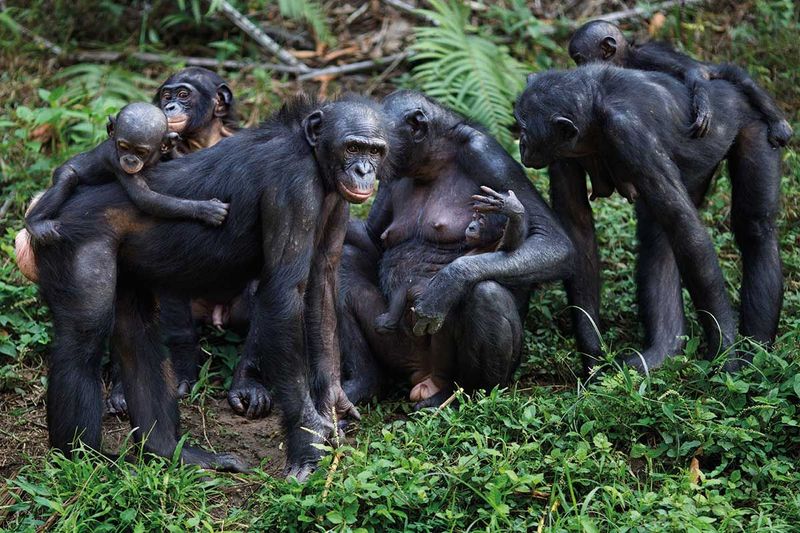
Bonobos, our close primate relatives, display profound emotional responses to death. When a bonobo dies, others gather around, often engaging in comforting behaviors such as grooming and hugging. This social support system highlights their compassionate nature. The group’s atmosphere becomes noticeably quieter, reflecting a collective sense of loss. These behaviors suggest an understanding of mortality and empathy within their communities. Bonobos’ reactions to death reveal their complex emotional landscapes, shedding light on their social structures and the depth of their interrelationships, akin to human grieving rituals.
Sea Lions
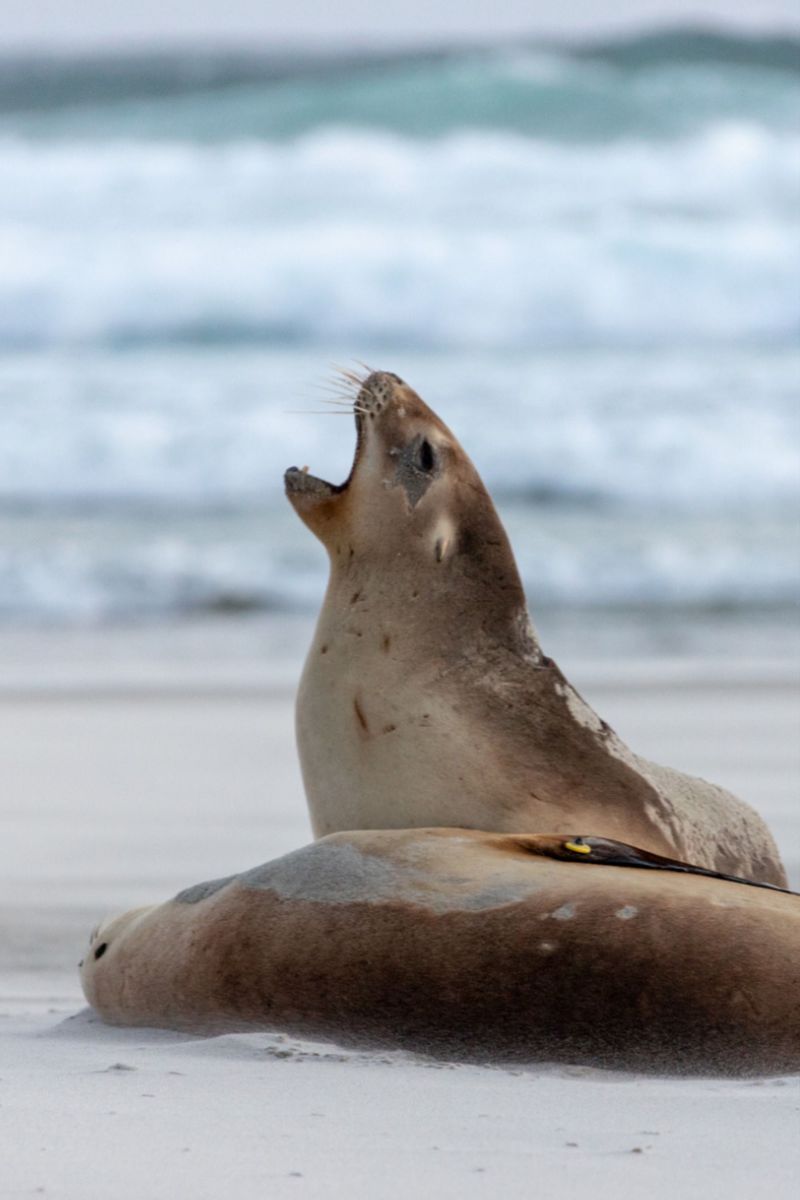
Sea lions, the agile pinnipeds of the ocean, reveal a sensitive side when confronting death. Mothers have been observed remaining by their deceased pups, vocalizing softly as if lamenting. This behavior suggests an emotional attachment and an awareness of loss. Other females often gather around, providing communal support. Such displays of grief highlight their strong social bonds and empathy. These behaviors challenge the perception of sea lions as merely playful creatures, revealing a capacity for emotional depth. Observing their mourning rituals offers insight into their intricate social dynamics and emotional intelligence.
Cats
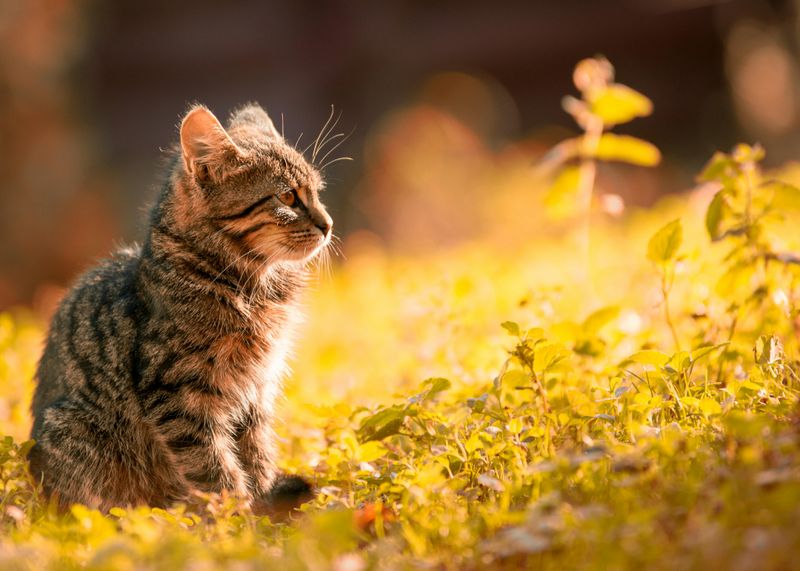
Cats, often seen as independent, can form deep bonds with fellow felines. When a companion cat passes away, the surviving cat might search for the lost friend, vocalize more, or exhibit changes in behavior. Such actions indicate a sense of loss and confusion. Owners often notice these signs of mourning, which may include a reluctance to eat or play. These behaviors show that cats experience grief in a tangible way. Understanding this aspect of feline behavior enhances our relationship with them, offering a glimpse into their emotional world and the connections they form.
Dogs

Dogs, known for their loyalty, exhibit profound grief when losing a companion. When a fellow dog dies, they might stay near the body, refusing to leave. Changes in behavior such as lethargy, loss of appetite, and increased anxiety are common. These signs indicate a deep sense of loss. Owners often report dogs waiting by a deceased friend’s favorite spot. Such behaviors underscore the emotional depth and loyalty dogs possess. Recognizing these signs of mourning helps us understand their needs and the extent of their capacity for love and attachment, paralleling human grief.
Horses

Horses, known for their graceful nature, demonstrate grief in subtle yet poignant ways. When a fellow horse dies, companions often stand vigil, nudging or nuzzling the body softly. This behavior reflects a bond that extends beyond life. Changes in behavior such as reduced appetite and increased restlessness are common. These signs of mourning highlight the social nature of horses and their capacity for emotional connection. Understanding these behaviors enriches our relationship with them, offering insights into their social structures and the strength of their bonds.
Penguins
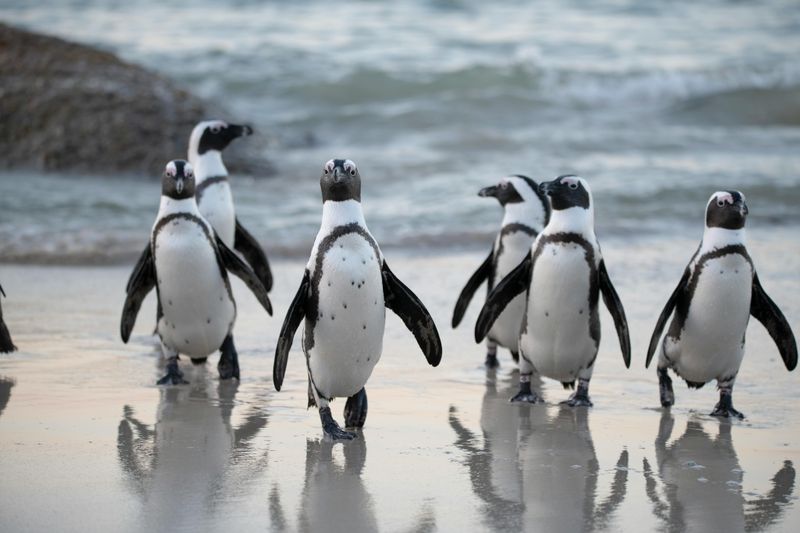
Penguins, the steadfast inhabitants of icy realms, display touching behaviors when facing loss. Parents have been observed lingering by their deceased chick, often bowing their heads in a seemingly mournful gesture. The communal nature of penguin colonies means others may join in, offering support. Such actions suggest a recognition of death and a collective response to grief. These behaviors highlight the social bonds within penguin colonies, reflecting a shared sense of empathy. Observing penguin mourning rituals provides a window into their emotional world, revealing layers of social complexity.
Ravens
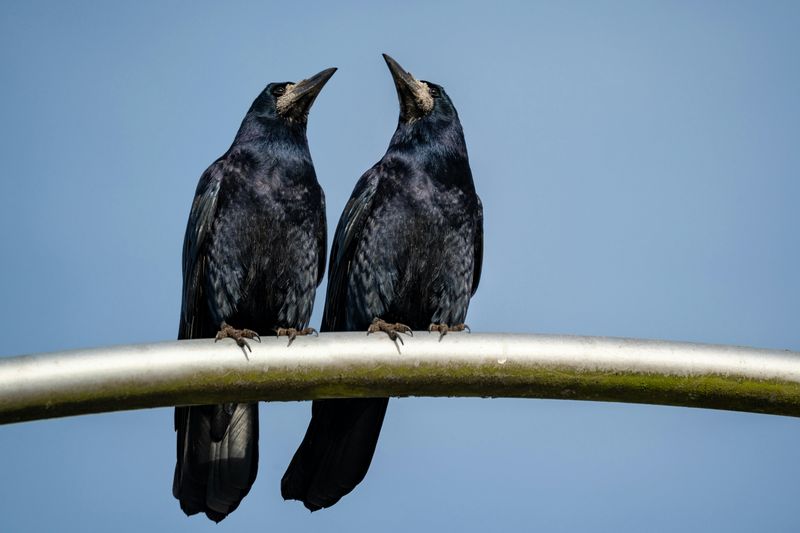
Ravens, with their impressive intellect, exhibit behaviors that suggest mourning. When a fellow raven dies, others may gather around, making distinctive calls. This behavior might be a recognition of loss or a way to warn others of danger. The gathering often resembles a vigil, indicating a social bond even in death. Such displays challenge our understanding of avian emotions and intelligence. Ravens’ reactions to loss highlight their complex social structures and emotional capacities, offering a glimpse into their world that resonates with human experiences of grief and empathy.

